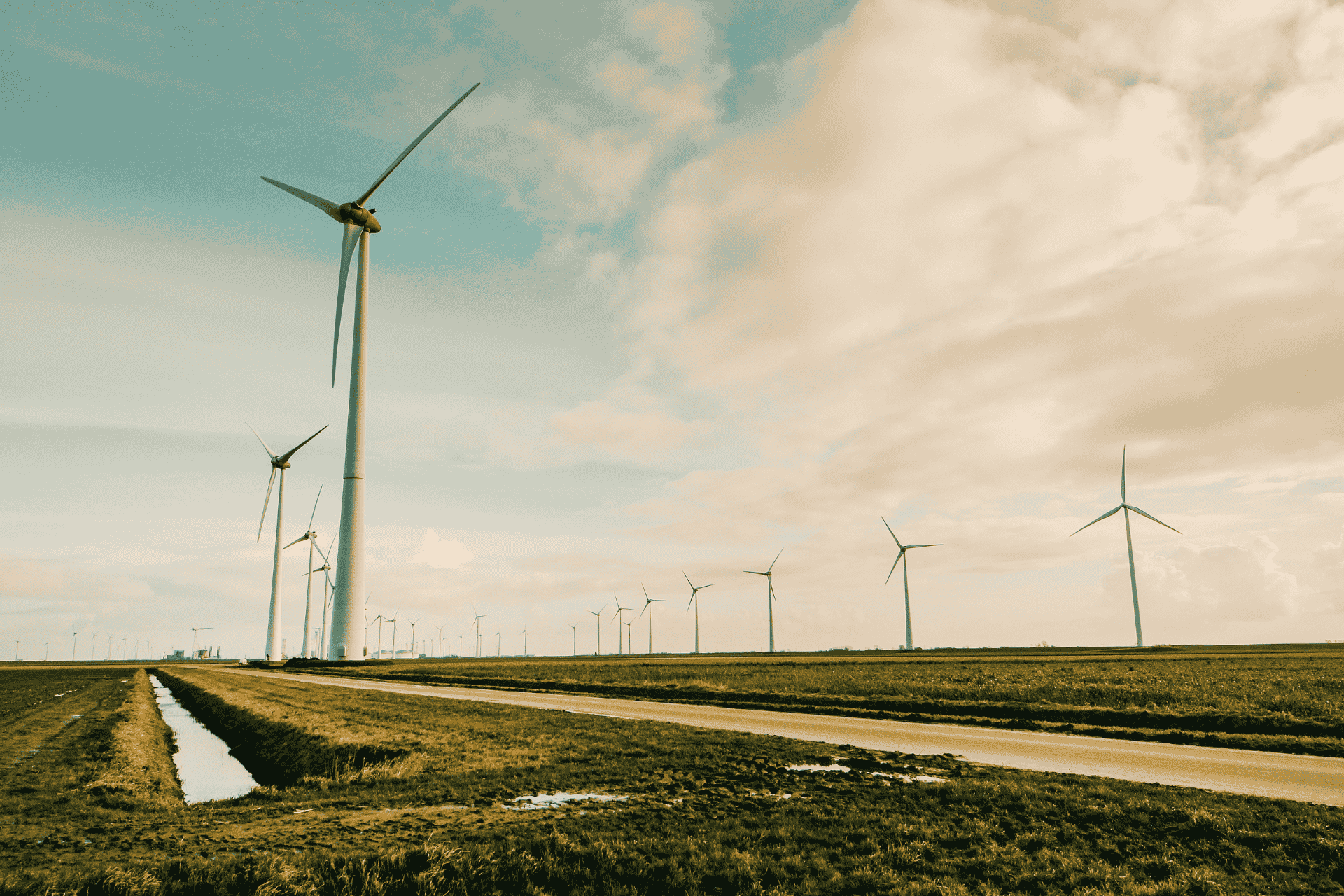Clean Power 2030 Action Plan published
Key points
- Clean Power 2030 Action Plan (“the Action Plan”) published on 13 December
- It confirms NESO definition of clean power, where 95% of generation comes from clean sources
- It provides a Review of the Electricity Market Arrangements (REMA) update, stating zonal and national pricing remain on the table and both have “equal weight”. A reformed national price would include changes to transmission and distribution charges, and the government states “no change” is not an option.
- Through an energy consumer lens, the Action Plan focuses on delivery of consumer-led flexibility (demand-side response, or DSR). It states there will be a 2025 review of the application of final consumption levies for batteries and electric vehicles. This is because the levies aren’t reimbursed when these assets export to the grid. It also focuses on enablers such as the market-wide half-hourly settlement programme, smart meter rollout and standards, and the government plans to publish a consultation on consumer engagement.
- Capacity Market documentation published on 16 December, consulting on the diversity of DSR technologies (we will cover this in a separate article).

On 13 December, the government published its Clean Power 2030 Action Plan, outlining how it aims to meet its target of “clean power” over the next six years. This requires a fundamental change to the way in which we produce power in GB. The country needs multiples of the current levels of investment in solar, onshore and offshore wind, as well as energy storage mediums such as batteries and long duration storage.
The paper confirms the draft definition of clean power from the National Electricity System Operators (NESO), which states that:
- clean sources produce at least as much power as Great Britain consumes in total over the whole year; and
- at least 95% of Great Britain’s generation comes from clean sources.
Government expects this will drive the average carbon intensity of the GB grid to below 50gCO2e/kWh in 2030.
Review of Electricity Market Arrangements (REMA)
The REMA programme is conducting a root and branch review of the GB electricity market, including whether locational pricing should be implemented. This would mean wholesale energy prices varying in different parts of the country. The programme is also exploring whether the Contracts for Difference (CfD) and Capacity Market (CM) policy mechanisms require reform to meet the changing face of the power system.
The government provided an update on REMA alongside the Action Plan. The Department for Energy Security and Net Zero (DESNZ) wants to conclude the policy development phase of REMA by around mid-2025. It’s not yet decided between zonal pricing or reformed national pricing, with both options remaining “under equal consideration”. The lead options for a reformed national market are based on changes to network charging - both transmission network costs (TNUoS) and distribution network costs (DUoS) - supported by altering balancing arrangements. The government is clear that “no change” isn’t an option.
The government suggests that CM reforms and other market arrangements are the best way to ensure the necessary capacity of unabated gas generation remains on the system in the short term. It said novel out-of-the-market mechanisms to manage a strategic reserve may have a role in the long-term phase-out of unabated gas generation.
Under either zonal or national pricing, DESNZ isn’t minded to take forward central dispatch and will retain the current self-dispatch arrangements.
Consumer-specific developments
Consumer-related impacts predominantly focus on consumer-led flexibility, otherwise known as demand-side response (DSR). The government expects consumer-led flexibility at peak to increase from just over 2GW in 2023 to almost 12GW by 2030. However, DESNZ notes that flexibility capacity from large non-domestic energy consumers has fallen from 1.7 GW in 2021, to 1.2 GW in 2022, and then to 0.8 GW in 2023. NESO and Ofgem will publish a Low Carbon Flexibility Roadmap in 2025, setting out specific actions for supporting an increase in large non-domestic consumer-led flexibility.
DESNZ also highlighted the challenge presented by final consumption levies (generally, policy-related costs recovered through the electricity bill) in the context of flexibility. Home batteries and EV batteries providing vehicle-to-grid services are asymmetrically charged with respect to final consumption levies. This means that levies are charged on import but not refunded on export, creating a disincentive to providing flexibility. While the paper only noted home batteries, the concept can be equally applied to business batteries. To tackle this, DESNZ and Ofgem will review the options available to remove final consumption levies for home batteries and vehicle-to-grid EV batteries. It will also set out next steps in a 2025 Clean Power Flexibility Roadmap.
The government highlighted the role of smart meters in enabling consumer-led flexibility. It’s working with the regulator to introduce new Guaranteed Standards of Performance relating to smart meters in 2025. DESNZ also plans to publish a consultation on consumer engagement in the summer of 2025, including the potential to better coordinate and amplify accurate messaging on consumer-led flexibility.
Additionally, the government also noted that the rapid introduction of market-wide half-hourly settlement is vital for incentivising all energy suppliers to reward consumers for being flexible. It said Ofgem will review the market-wide half-hourly settlement programme delivery model by the end of FY24/25, to support the maximum amount of half-hourly consumption data available.
Other developments
The Action Plan highlighted the work ongoing to reform TNUoS charges. Ofgem encouraged NESO to develop a temporary cap-and-floor mechanism to offset generator TNUoS charge volatility, with the earliest changes for network charges to be in 2026. Following this reform, Ofgem will look to implement more fundamental changes with its strategic review of transmission charges. It’s currently unclear what impact these reforms will have on demand TNUoS. Government also highlighted its ongoing work on consumer protections. This includes a consultation about regulation on third party intermediaries (TPIs) and a commitment to improve customer compensation via Ofgem’s consumer confidence programme.
Capacity Market review
Finally, DESNZ noted it will publish a Consultation and Call for Evidence to invite stakeholder views. This will cover how to better reflect the diversity of consumer-led flexibility technologies and their treatment and handling within the Capacity Market. This was issued on 16 December and we’ll provide a summary in a separate article.



